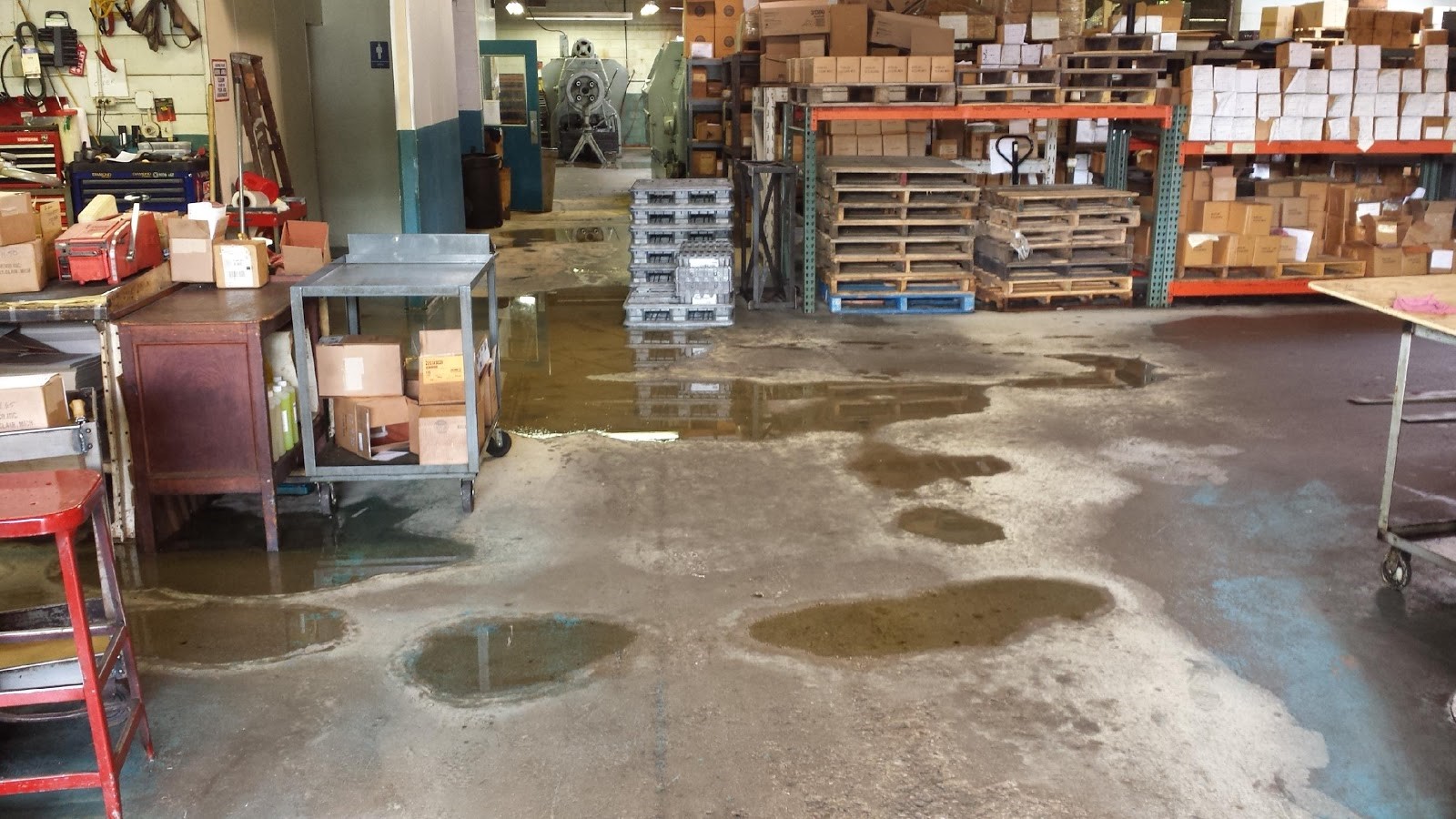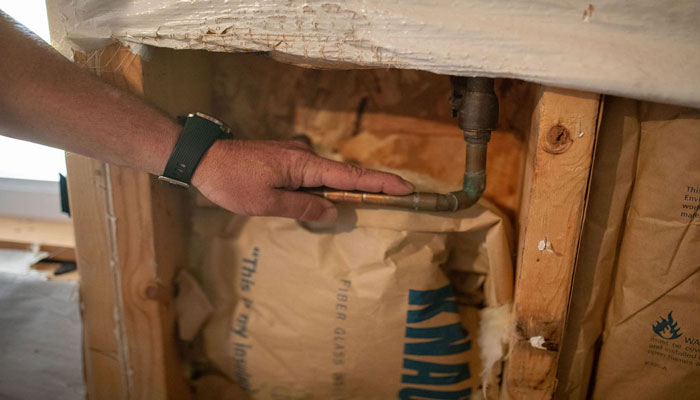Stop the Flood: Techniques for Detecting as well as Repairing Burst Pipes
Stop the Flood: Techniques for Detecting as well as Repairing Burst Pipes
Blog Article
We have unearthed the article on How to Install and Connect a New Dishwasher down the page on the internet and felt it made perfect sense to write about it with you on this site.

A burst pipe is a significant emergency; you can only stand as you view water you pay a lot to reunite with the planet. In even worse cases, you observe a swimming pool on your kitchen floor, which is an excellent trip risk, particularly if you have youngsters around. If the pipe that burst remained in your walls, trouble: you may need to paint that entire section.
Just how can a disaster like a ruptured pipeline be avoided and also managed? Well, by paying attention to your expert emergency plumbing professionals and following these guidelines.
Exactly how do I recognize when my pipelines have burst?
Varying water stress
Pipelines do not simply burst in a day. You might have noticed that your kitchen faucet or shower doesn't run right away when you turn the tap. It might pause for a few seconds and afterwards blast you with even more pressure than usual.
In other instances, the water may appear typical in the beginning, after that decrease in stress after a couple of secs.
Infected water
Many people assume a burst pipe is a one-way outlet. Quite the contrary. As water flows out of the hole or gouge in your plumbing system, contaminants discover their way in.
Your water may be contaminated from the source, so if you can, check if your water tank has any problems. However, if your drinking water is supplied and purified by the city government, you should call your plumber immediately if you see or scent anything amusing in your water.
Puddles under pipelines and also sinks
When a pipeline bursts, the outflow forms a puddle. It may appear that the puddle is growing in size, and also despite the amount of times you wipe the puddle, in a few minutes, there's another one waiting to be cleansed. Usually, you might not have the ability to trace the puddle to any noticeable pipelines. This is an indication to call a professional plumber.
Wet wall surfaces and also water spots
Before a pipe ruptureds, it will certainly leak, many times. If this persistent dripping goes undetected, the leak may finish right into a broad gouge in your pipe. One very easy method to avoid this emergency is to look out for damp walls ad water discolorations. These water spots will lead you right to the leak.
Untraceable trickling noises
Pipe ruptureds can occur in the most undesirable locations, like within concrete, inside walls, or under sinks. When your house goes quiet, you may have the ability to listen to an annoyingly relentless dripping sound. Even after you've inspected your shower head and cooking area faucet, the dripping might continue.
Beloved visitor, the dripping might be coming from a pipeline inside your wall surfaces. There isn't much you can do about that, other than tell a specialist plumber.
Turn up the Heat
Establish followers to blow heat right into cold areas. Keep the garage door shut. If you have reduced water circulation, heat one of the most vulnerable pipelines (typically in cellars and crawl spaces or near outside walls) with a hair clothes dryer. Leave the faucet on while you use heat. As you thaw ice, the flow will certainly increase. To avoid pipes from cold, insulate your walls.
Beginning Eliminating the Water
Order the mop, pails and a store vacuum to begin to get rid of the water because you absolutely do not want it saturating right into whatever else in your home. And also, a quick tidy up will minimize the chances of something obtaining moldy.
What do I do when I identify a burst pipe?
Your water meter will certainly continue to run also while your water wastes. To reduce your losses, locate the main controls and also turn the supply off. The water pipe are an above-ground structure at the edge of your property.
How to Fix & Detect a Leaking Pipe
How Do I Know if a Pipe is Leaking?
Leak detection tests can help you determine if your pipe has a leak. Even if you don’t see an apparent leak, you should still conduct leak detection tests regularly to save water and money—and prevent major damage to your home.
Water meter. It can be helpful to figure out what your usual water meter usage numbers are and then monitor them regularly. To monitor your meter, first, turn off all water faucets in your home. Check the meter and write down the numbers. In a few hours, check the meter again. If the numbers have changed, you have a leak. Water gauge. Use a water gauge to test your water pressure. Your showerhead should produce a certain amount of water pressure based on its model and design. If the pressure is lower than it is supposed to be for that specific showerhead, your home likely has a leak. Puddles. Look inside your bathroom, laundry, and kitchen sink cabinets. Puddles around the cabinets or around toilets, tubs, showers, and washing machines indicate the presence of a leaking pipe. You may also notice loose tiles, peeling or flaking paint, or mold caused by water accumulation. Napkin test. Even if you don’t see any puddles, you may still have a leak. You can test for water leaks in the bathroom, laundry, and kitchen by wiping below-sink connections with a napkin, paper towel, or piece of toilet paper. If it becomes damp, you probably have a leaking pipe under the sink. Discolored walls. Walls that are discolored—usually with brown or yellow stains—or bulging might mean that they have been impacted by water damage caused by a leaking pipe. Smell. A leaky pipe will create sitting water, and over time, that water may develop a musty smell. If your home smells musty, but you can’t locate the source, it may be due to a leak. Steps for Fixing a Leaking Pipe
A leaky drain can be remedied by tightening the pipe base, replacing the drain seal, caulking the rim, and tightening the pipe nut. Similarly, a leaking toilet pipe can be treated by tightening the packing nut. You may also need to replace the valve. A leaky faucet may just need tightening or replacement of the washers. If that doesn’t work, consider replacing your faucet. If your pipe has a hole in it, you may want to use a pipe leak sealer or pipe leak tape. This quick fix for water pipe leaks can also temporarily fix a copper pipe leak. https://www.ahs.com/home-matters/quick-tips/how-to-tell-if-pipes-are-leaking/

I discovered that piece on How to Prepare for Your Dishwasher Installation while doing a lookup on the search engines. Sharing is nice. You never know, you may very well be helping someone out. Thanks a lot for taking the time to read it.
Information
Report this page